When it comes to cooking, the selection of ingredients can make all the difference. One secret weapon in the arsenal of any culinary enthusiast is dry cider.
Its crisp acidity and subtle apple notes can enhance the flavors of a dish, adding a unique dimension that wine or vinegar just can’t match. Here are some of the best dry ciders and cider makers that can take your cooking to the next level, each with its own distinct character.
Some of my personal favorites are:
- Blake’s Cider Co. – Known for its crisp, slightly citrusy flavor, it’s excellent for deglazing pans and making salad dressings or marinades.
- Jack’s Hard Cider Dry Hopped – With a dry hint of hops, it’s ideal for braising meats like pork shoulder or brisket, adding complex flavors.
- Champlain Orchards Kingston Dry – Its bone-dry quality makes it perfect for seafood dishes, providing a dry, sharp finish without added sweetness.
- Crafty Nectar Cider Co. – Offers a sweet and sour blend with a rhubarb zing, great for desserts like fruit crumbles or tarts.
- Hallets Real Cider – Known for its rich and slightly sweet taste, it’s suitable for reductions and glazes, creating deeply flavored sauces for roasted vegetables or pork chops.
These ciders offer a range of flavors from citrusy to hoppy, and from slightly sweet and sour to rich and dry, demonstrating their adaptability in enhancing various dishes. But more commercial brands like Angry Orchard, Strongbow and 1911 can also be great options.
They are particularly useful in recipes that call for white wine or vinegar, as they can be used as a substitute for both. In this article, we will explore the best dry ciders for cooking, including top brands and their flavor profiles.

Understanding dry cider is key to selecting the right one for your cooking needs. Dry cider is made from fermented apples and has a low sugar content, resulting in a crisp and refreshing taste. It is important to note that not all ciders are created equal, and the flavor profile can vary depending on the apple varieties used and the fermentation process.
When it comes to cooking with dry cider, it is best to choose a brand that complements the other flavors in the dish. For example, a dry cider with a strong apple flavor may work well in a pork dish, while a more subtle cider may be better suited for a salad dressing. The following section will highlight some of the top brands of dry cider for cooking and their unique flavor profiles.
Key Takeaways
- Dry cider is a versatile ingredient in cooking, and can be used as a substitute for white wine or vinegar.
- The flavor profile of dry cider can vary depending on the apple varieties used and the fermentation process.
- When selecting a dry cider for cooking, it is important to choose a brand that complements the other flavors in the dish.
Understanding Dry Cider
Dry cider is a type of cider that has little to no residual sugar, making it less sweet and more acidic than other ciders. It is made by fermenting apple juice, which converts the natural sugars in the juice into alcohol. The longer the fermentation process, the drier the cider will be.
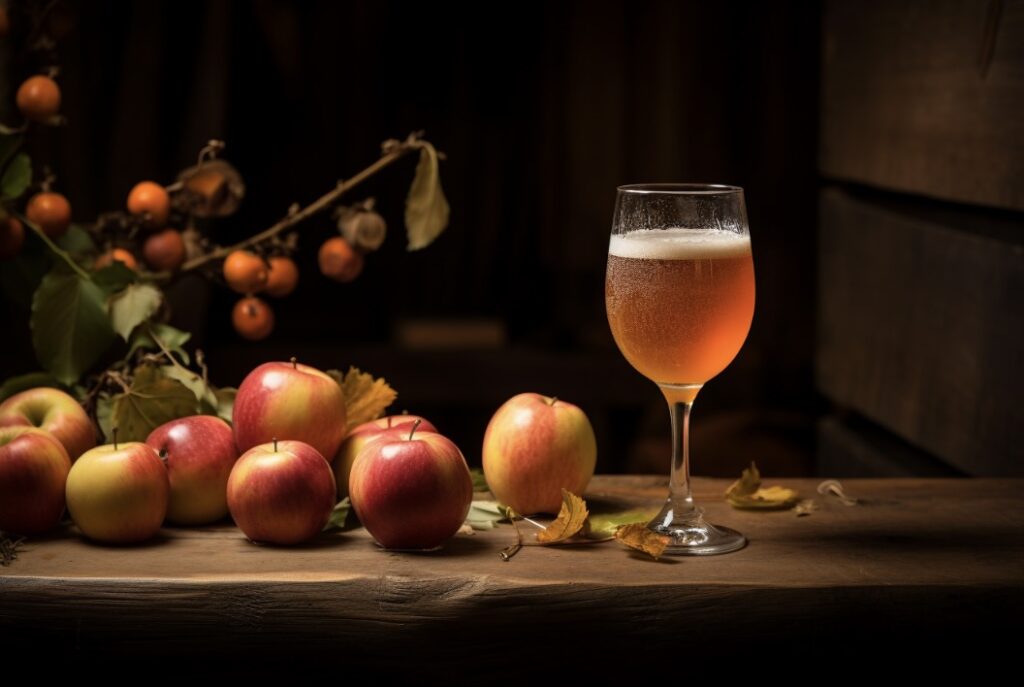
Cider is a beverage that has been enjoyed for centuries, with its origins dating back to ancient times. It is made from apples, which are pressed to extract the juice. The juice is then fermented, resulting in a refreshing and crisp beverage that can be enjoyed on its own or used in cooking.
Dry cider is known for its complexity, with a range of flavors and aromas that can vary depending on the type of apple used, the fermentation process, and the alcohol content (ABV). Some dry ciders have a high tannin content, which gives them a more complex and robust flavor.
When it comes to cooking with dry cider, its acidity and sweetness level make it a versatile ingredient. It can be used to add depth of flavor to dishes, tenderize meats and seafood, and balance out richness. Gordon Ramsay, a renowned chef and television personality, uses dry cider as a key ingredient in many of his dishes, adding a touch of acidity and sweetness that packs a punch.
In summary, dry cider is a type of cider that has little to no residual sugar, making it less sweet and more acidic than other ciders. It is made by fermenting apple juice, resulting in a complex and versatile ingredient that can be used in cooking or enjoyed on its own.
Top Brands of Dry Cider for Cooking
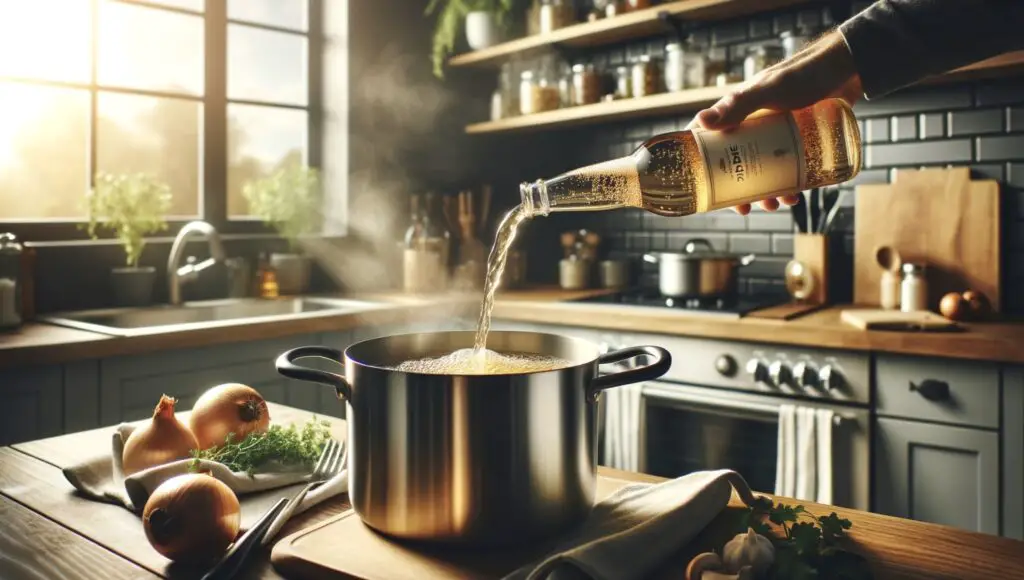
When it comes to cooking with dry cider, there are many brands to choose from. Some of the most popular brands of dry cider for cooking include 1911, Angry Orchard, Strongbow, and Seattle Cider Dry. But if you are ready to get really deep into the stew, craft ciders should be your thing!
Craft Ciders
One such brand is Seattle Cider Dry, which is made using traditional English dry cider methods. This cider has a crisp, refreshing taste with a hint of acidity, making it a great choice for cooking.
Here are some of the best craft ciders to consider for cooking and drinking with your food:
Blake’s Cider Co. offers a crisp, slightly citrusy flavor profile. This cider is excellent for deglazing pans, lending a zesty note to pan sauces for chicken or pork. Its subtle tanginess also makes it ideal for salad dressings or as a base for marinades.
Jack’s Hard Cider Dry Hopped is a game-changer for those who enjoy a hint of hops. This cider pairs wonderfully with bold, hearty dishes. Try using it to braise meats like pork shoulder or brisket, where its robust flavors can stand up to long cooking times, infusing the meat with a complex, layered taste.
Champlain Orchards Kingston Dry stands out with its bone-dry quality. This cider is perfect for dishes that require a dry, sharp finish without added sweetness. Use it in seafood dishes, like mussels steamed in cider, where its dryness complements the brininess of the seafood.
Crafty Nectar Cider Co. brings a unique twist with its well-balanced blend of sweet and sour flavors, accentuated by a subtle rhubarb zing. It’s fantastic in desserts, particularly in fruit crumbles or tarts, where it can enhance the fruit’s natural flavors without overpowering them.
Hallets Real Cider, known for its rich and sweet taste, is ideal for reductions and glazes. Its complex flavor profile can create deeply flavored sauces perfect for drizzling over roasted vegetables or pork chops.
Turners Cider strikes a fine balance between acidic and sweet, making it an excellent choice for lighter dishes. Use it in vinaigrettes or as a poaching liquid for delicate fish, where its lightness won’t overwhelm the dish’s primary flavors.
Ross Cider, with its “powerfully deep” character, is excellent for hearty stews and slow-cooked dishes. Its robust nature infuses dishes with a rich, deep apple flavor, ideal for cold-weather comfort foods.
Incorporating these dry ciders into your cooking not only elevates the flavors but also brings an innovative twist to traditional recipes. Each cider’s unique characteristics can complement various ingredients, proving that cider is not just for drinking but also a versatile ingredient in the kitchen.
Best Commercial Options
Not everyone is ready to buy an expensive craft cider to pour in their stew, so here are some of the more common, cheaper, options that are also great options to begin with:
1911
1911 is another top brand of dry cider for cooking. This cider is made from a blend of American cider apples, giving it a unique flavor profile. It has a dry, crisp taste that works well in a variety of dishes, from savory stews to sweet desserts.
Angry Orchard
Angry Orchard is a well-known brand of cider that offers a variety of flavors, including dry cider. This cider has a slightly sweet taste with a hint of acidity, making it a great choice for cooking. It pairs well with pork and chicken dishes, as well as sweet desserts.
Strongbow
Strongbow is a traditional English dry cider that has been around for over 125 years. This cider has a crisp, refreshing taste with a hint of tartness, making it a great choice for cooking. It works well in savory dishes like pork chops and chicken, as well as sweet desserts like apple pie.
Overall, there are many top brands of dry cider for cooking to choose from. Whether you prefer craft ciders or traditional English dry ciders, there is a brand out there that will suit your needs.
Dry Cider in Cooking

Dry cider is a versatile ingredient that can add depth of flavor to a range of dishes. It’s particularly useful in cooking as it can be used to marinade meats, deglaze pans, and even add a unique flavor to baked goods. Here are some ways to use dry cider in cooking:
Marinading with Cider
Marinading with dry cider can help to tenderize meats while also adding flavor. To make a cider marinade, mix together dry cider, olive oil, garlic, and herbs such as rosemary and thyme. Place the meat in the marinade and refrigerate for several hours or overnight. The cider will help to break down the meat fibers, resulting in a tender and flavorful dish.
Deglazing with Cider
Deglazing with cider involves using the liquid to scrape up the browned bits of food that stick to the bottom of the pan after cooking. To deglaze with cider, simply add a splash of dry cider to the pan after cooking and use a spatula to scrape up any browned bits. The cider will help to add flavor to the dish while also preventing the browned bits from burning.
Baking with Cider
Dry cider can also be used in baking to add a unique flavor to cakes, bread, and other baked goods. To use cider in baking, simply replace some of the liquid in the recipe with dry cider. The cider will add a subtle sweetness and a hint of acidity to the finished product.
In conclusion, dry cider is a versatile ingredient that can be used in a variety of ways in cooking. Whether you’re marinading meats, deglazing pans, or baking with cider, it’s a great way to add depth of flavor to your dishes.
Flavor Profile of Dry Cider

Dry cider is a type of cider that contains little to no residual sugar. This makes it a popular choice for cooking as it can add depth to dishes without adding sweetness. When it comes to flavor, dry ciders are crisp and tangy, with a subtle fruitiness that is reminiscent of apples.
One of the defining characteristics of dry cider is its acidity. This acidity not only gives dry cider its tangy flavor but also makes it a great choice for tenderizing meat when used as a marinade or braising liquid. The acidity helps to break down the proteins in the meat, resulting in a tender and juicy final product.
Dry cider also has a balanced flavor profile that is not too sweet or too bitter. This balance makes it a versatile ingredient that can be used in a variety of dishes, from savory stews and sauces to sweet desserts. The lack of sweetness in dry cider means that it can be used to balance out rich flavors without making the dish overly sweet.
In terms of depth of flavor, dry cider has a complex taste that is both refreshing and unique. The tangy flavor of the cider is complemented by a subtle hoppy bitterness that adds a layer of complexity to the overall taste. This depth of flavor makes dry cider a great choice for adding complexity to dishes without overwhelming the other flavors.
Overall, dry cider is a versatile ingredient that can add a tangy and refreshing flavor to a variety of dishes. Its acidity, balanced flavor profile, and depth of flavor make it a great choice for both savory and sweet dishes alike.
Comparing Dry Cider with Other Beverages for Cooking

When it comes to cooking, the type of beverage used can make a significant difference in the taste and texture of the dish. While wine and beer are popular choices for cooking, dry cider has gained popularity in recent years. This section will compare dry cider with other beverages commonly used in cooking.
Cider Vs Wine in Cooking
Wine is a popular choice for cooking because it adds depth and complexity to dishes. However, dry cider can be a great substitute for those who prefer a less sweet taste. Dry cider has a similar acidity level to wine, making it a suitable replacement. It is also a great option for those who do not consume alcohol since it has a lower alcohol content than wine.
Cider Vs Beer in Cooking
Beer is a common ingredient in many recipes, especially when it comes to meat dishes. However, dry cider can be a better option for those who prefer a less bitter taste. Dry cider has a subtle sweetness that can complement the flavor of the dish without overpowering it. It is also a great option for those who are gluten intolerant since it is gluten-free.
Cognac and other sweet liquors
Sweet liquors like Cognac can be used in cooking to add flavor and depth to dishes. However, they can be overpowering and add a significant amount of sweetness to the dish.
Dry cider, on the other hand, has a subtle sweetness that can complement the dish without overpowering it. It is also a great option for those who want to reduce the amount of sugar in their diet.
In conclusion, while wine and beer are popular choices for cooking, dry cider can be a great alternative for those who prefer a less sweet taste.
It has a similar acidity level to wine and a subtle sweetness that can complement the flavor of the dish without overpowering it. It is also a great option for those who do not consume alcohol or are gluten intolerant.
How does apple cider vinegar compare to hard cider in cooking?
Apple cider vinegar and hard cider serve different purposes in cooking due to their distinct flavor profiles and properties:
Flavor Profile:
- Apple Cider Vinegar: It is acidic and has a tangy, sharp taste. This makes it suitable for salad dressings, marinades, and as a flavor enhancer in certain dishes. Its acidity can brighten up a dish’s flavors.
- Hard Cider: Hard cider, being fermented, has a sweeter, fruitier flavor compared to apple cider vinegar. It’s often used in cooking to add a subtle apple flavor to dishes. Hard cider works well in sauces, stews, and for deglazing pans.
Acidity and pH:
- Apple Cider Vinegar: Higher in acidity, it’s often used to tenderize meats or as a leavening agent when combined with baking soda. Its high acidity can also help balance dishes that are too sweet.
- Hard Cider: Lower acidity than vinegar. It’s more about adding flavor than affecting the texture or pH balance of a dish.
Alcohol Content:
- Apple Cider Vinegar: Contains no alcohol.
- Hard Cider: Contains alcohol, which can add complexity to dishes. The alcohol usually cooks off, leaving behind the flavor without the intoxicating effects.
Use in Cooking:
- Apple Cider Vinegar: Commonly used in small quantities due to its strong flavor. It’s a key ingredient in pickling and can be used to add a punch of flavor to soups and sauces.
- Hard Cider: Often used in larger quantities than vinegar. It can be used as a cooking liquid for braising meats or vegetables, in baking, or to create a reduction sauce.
Health Aspects:
- Apple Cider Vinegar: Often touted for its potential health benefits, including aiding digestion and regulating blood sugar levels.
- Hard Cider: While it may have some antioxidants from apples, it doesn’t share the same health benefits as apple cider vinegar.
In summary, while both apple cider vinegar and hard cider are apple-based, their uses in cooking are quite different. Apple cider vinegar is more about adding acidity and a tangy flavor, while hard cider is used to impart a sweet, apple flavor and complexity to dishes.
Dry Cider and Apples Varieties
Maybe you are interested in the origin of your cider or you would like to venture into brewing your own hard cider for cooking. Regardless, you will want to know about the apples used in your cider to really understand its character.
When it comes to cooking with dry cider, choosing the right apple variety is crucial. Some of the most popular apple varieties used for making dry cider include Granny Smith, Fuji, and Golden Delicious. Each of these apple varieties has a unique flavor profile that can add depth and complexity to your cooking.
Granny Smith apples are tart and crisp, making them a great choice for adding acidity to your dishes. They are also a popular choice for making hard cider due to their high acidity and low sugar content.
Fuji apples are sweet and juicy, with a crisp texture that makes them a great all-purpose apple. They work well in both sweet and savory dishes, and their sweetness can help balance out the acidity of dry cider.
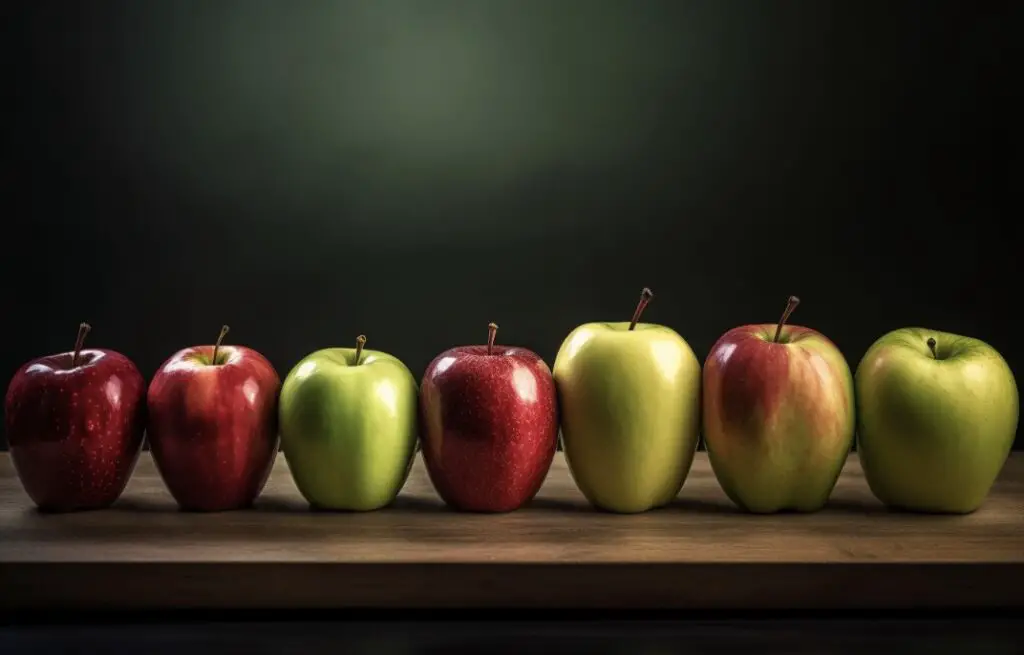
Golden Delicious apples are a popular choice for making dry cider due to their balance of sugar and acidity. They have a slightly sweet flavor with a hint of tartness, making them a great all-purpose apple for cooking.
Other apple varieties that are commonly used for making dry cider include Dabinett, a bittersweet apple with high tannins, and Kingston Black, a sharp and acidic apple that is often used for making unfiltered cider.
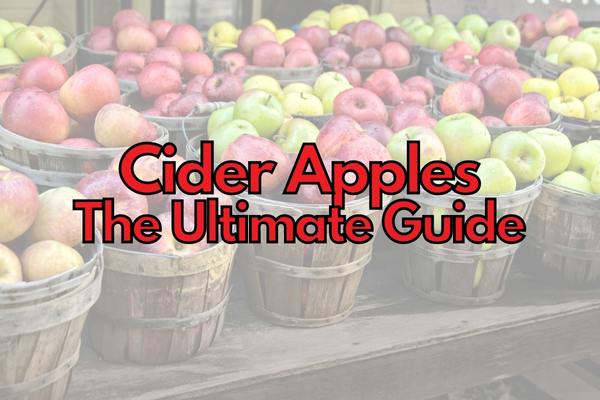
When choosing apples for cooking with dry cider, it’s important to consider the flavor profile of the cider you’re using. If you’re using a dry cider with high acidity, a sweeter apple like Fuji or Golden Delicious can help balance out the flavors. On the other hand, if you’re using a sweet cider, a tart apple like Granny Smith can help cut through the sweetness.
In summary, choosing the right apple variety is key when cooking with dry cider. Granny Smith, Fuji, and Golden Delicious are all great options, but be sure to consider the flavor profile of your cider and choose an apple variety that complements it well.


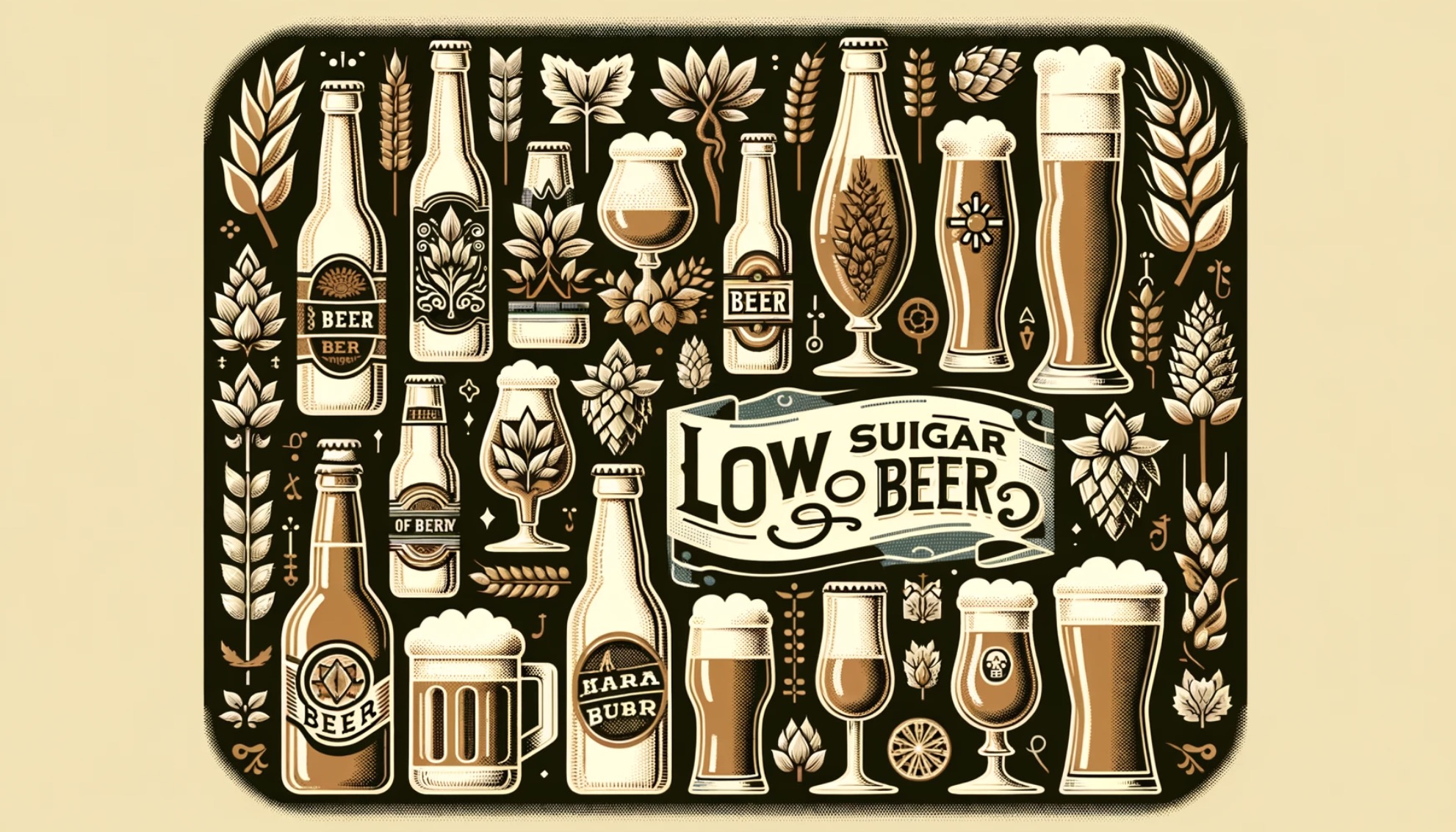


Leave a Reply
You must be logged in to post a comment.